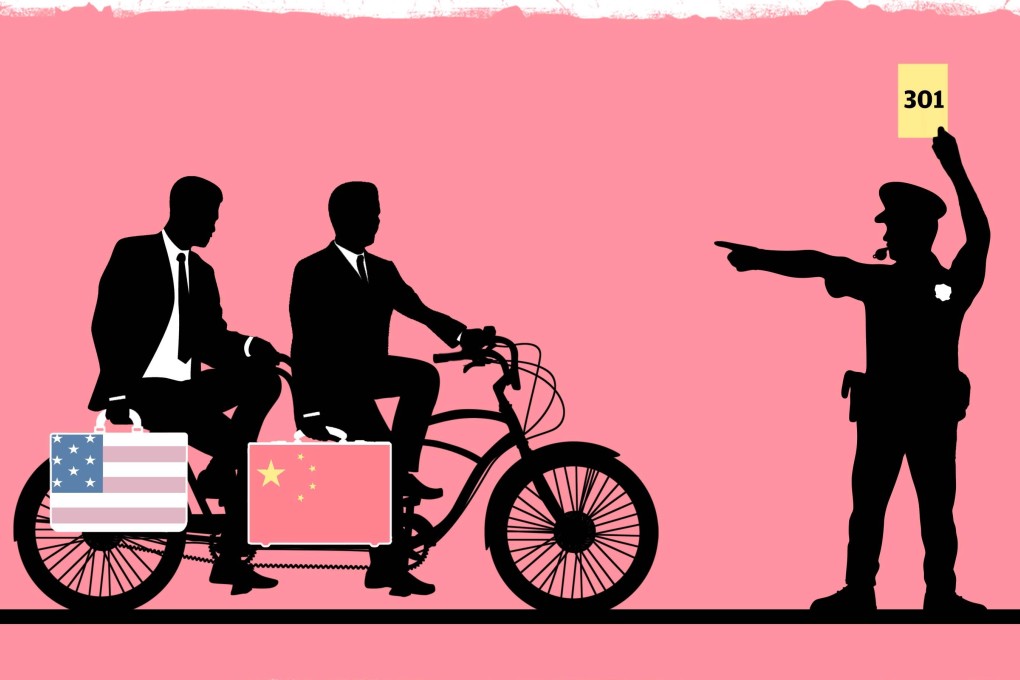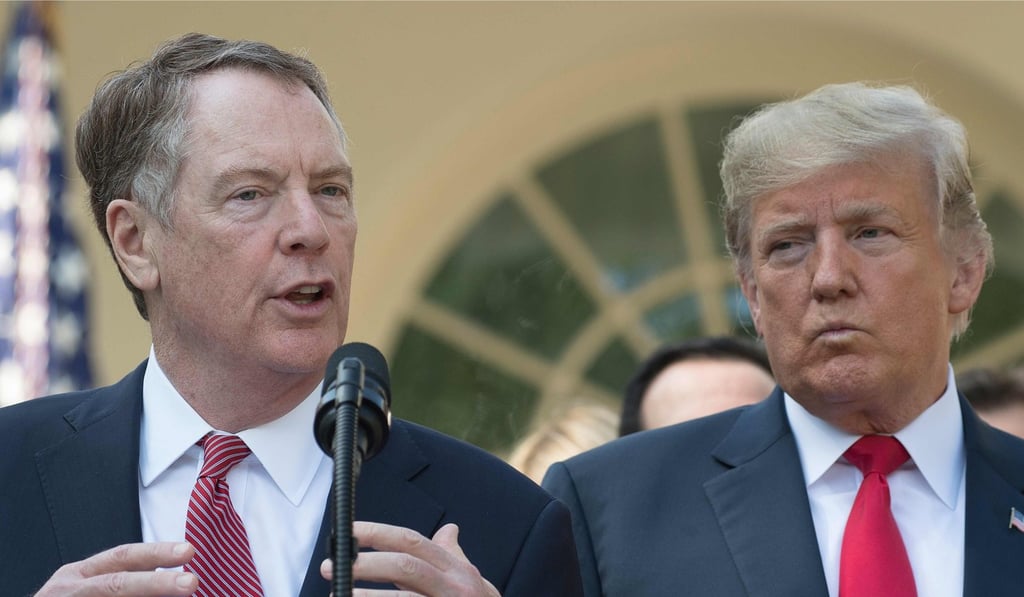Why the US-China dispute is about so much more than a trade imbalance
- While the evidence is unclear, charges of unfair trade policies are Beijing’s biggest concern in the negotiations with Washington

As the trade war between China and the United States rumbles on, its focus has shifted from deficits and surpluses towards more technological matters. Washington is not only demanding Beijing end its practice of forcing foreign joint venture partners to transfer technologies to their Chinese collaborators, but also scrutinising the work of Chinese researchers based in the US. In the third of a series of reports on these issues, we look at the how the US is using legislation to address its grievances.
When it comes to the trade war against China, US President Donald Trump likes to wield one particularly big stick: a piece of legislation that allows him to take unilateral action, free from the constraints of international treaties and World Trade Organisation (WTO) agreements, against another country.
Section 301 of the 1974 Trade Act may sound arcane to anyone not closely following the progress of the trade war negotiations, but in fact it is one of Washington’s most effective weapons in bringing pressure on Beijing.
For the president to be able to take such action against another country, an investigation initiated under Section 301 must first establish that it is engaging in “unfair trade policies”.
And, a month before Trump fired the first shot in his trade war against China last April, US Trade Representative (USTR) Robert Lighthizer produced just such a report.

Lighthizer – nicknamed the “trade war general” by Bloomberg – produced a 200-page document under Section 301 which reads like a charge sheet.